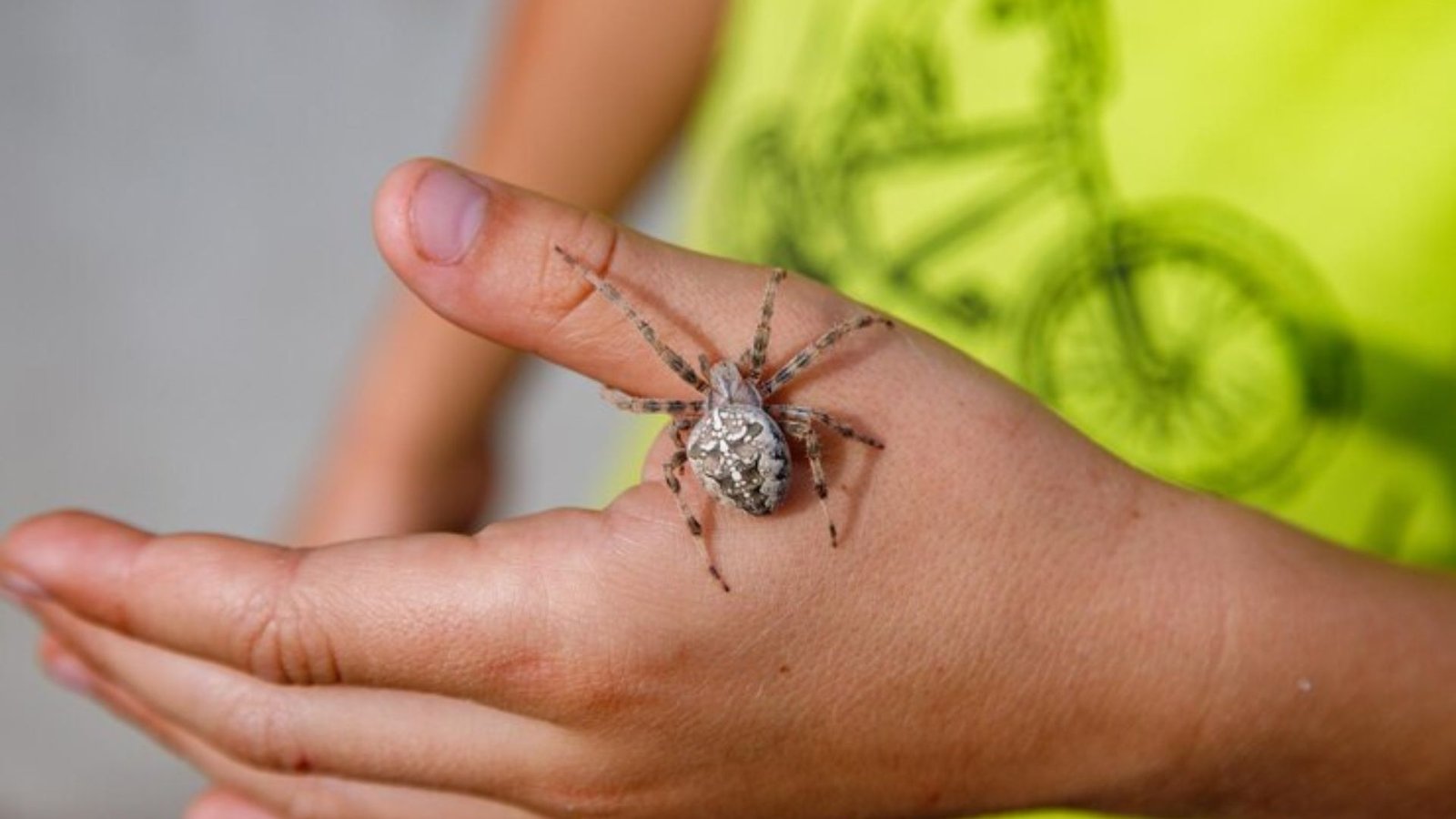A tick zoo is an educational space dedicated to studying ticks and educating the public about these often-misunderstood creatures. While ticks are typically associated with diseases like Lyme disease, they are also fascinating arachnids with unique behaviors and characteristics. A visit to a tick zoo can open your eyes to the incredible diversity and ecological importance of ticks, while also raising awareness about tick-borne illnesses.
In this article, we will delve into the world of ticks, explore the purpose of a tick zoo, and understand why these creatures are crucial to our ecosystem. By the end, you’ll have a clearer understanding of ticks, their role in nature, and why it’s essential to learn about them.
What is a Tick Zoo?
A tick zoo is similar to a traditional zoo but focused specifically on ticks. It serves as both an educational and research facility where visitors can learn about the different species of ticks, their life cycles, and the ways they interact with their environment. Tick zoos often house various species of ticks in controlled environments, showcasing their behaviors, feeding patterns, and interactions with other organisms.
These facilities may also include exhibits that demonstrate how ticks live in their natural habitats, such as forests, grasslands, and urban areas. By providing a closer look at ticks in a safe and controlled setting, tick zoos aim to increase public understanding of these often-feared creatures.
Types of Ticks in a Tick Zoo
Ticks are small arachnids that belong to the class Arachnida and are part of the family Ixodidae. There are many different species of ticks, each with unique characteristics and behaviors. Some of the most common types of ticks that you might encounter in a tick zoo include:
Deer Ticks (Ixodes scapularis): Known for transmitting Lyme disease, these ticks are commonly found in wooded and grassy areas.
Dog Ticks (Dermacentor variabilis): These ticks are often found on pets and are known for spreading diseases such as Rocky Mountain spotted fever.
Lone Star Ticks (Amblyomma americanum): Recognized by their distinctive white spot on the back, lone star ticks are aggressive feeders and can transmit illnesses like Ehrlichiosis.
Brown Dog Ticks (Rhipicephalus sanguineus): Typically found on dogs, these ticks are vectors for diseases such as canine ehrlichiosis and babesiosis.
Tick Species in Tropical Regions: In warmer climates, you may encounter ticks like the Ixodes hexagonus or the Rhipicephalus appendiculatus, each with unique features suited to their environment.
Tick zoos often showcase a variety of these species, allowing visitors to learn about their unique behaviors, feeding mechanisms, and how they contribute to the environment.
The Role of Ticks in Nature
Ticks may not have the best reputation due to their association with diseases, but they play a vital role in ecosystems. These blood-feeding arachnids are ectoparasites that primarily feed on the blood of mammals, birds, and reptiles. Their feeding habits help regulate animal populations and maintain the balance of ecosystems.
Ecological Importance
Regulating Animal Populations
By feeding on the blood of mammals and birds, ticks help regulate animal populations, particularly in forested areas where large populations of deer or small mammals might otherwise overgraze vegetation. While ticks can weaken or even kill individual animals, their impact on populations is more subtle, preventing overpopulation and overgrazing.
Providing Food for Other Organisms
Ticks are also an essential food source for many predators, including birds, small mammals, and other arthropods. By being part of the food chain, ticks support the survival of many species.
Influence on Biodiversity
Ticks help maintain biodiversity by acting as vectors for diseases. While this may sound negative, the diseases they spread can contribute to maintaining healthy populations of wildlife. For example, ticks are responsible for spreading Lyme disease, which can limit the population of certain animals, thus allowing for the growth and health of other species.
Ticks and Disease Transmission
One of the most significant aspects of ticks’ interactions with mammals is their ability to transmit diseases. The most common diseases transmitted by ticks include:
Lyme Disease: Caused by Borrelia burgdorferi, Lyme disease is spread primarily by deer ticks. It can cause severe health problems in humans and animals.
Rocky Mountain Spotted Fever: Spread by dog ticks, this disease can cause symptoms ranging from fever to potentially fatal complications.
Babesiosis and Ehrlichiosis: These diseases are transmitted by dog ticks and can affect both humans and animals.
Tick-borne Encephalitis: Found primarily in Europe and Asia, this virus can be spread by certain species of ticks and affects the central nervous system.
The role of ticks in transmitting diseases to humans and animals is one of the reasons why tick zoos are important. These facilities help raise awareness about the risks associated with ticks and educate the public on how to protect themselves from tick-borne illnesses.
Why Visit a Tick Zoo?
Visiting a tick zoo offers several benefits to the public, particularly in terms of education and awareness. Here are a few reasons why a tick zoo can be an invaluable resource:
Educational Value
Tick zoos are excellent places for school groups, nature enthusiasts, and anyone interested in learning more about arachnids. These facilities provide in-depth knowledge about the life cycle, behavior, and habitat of ticks, which can help dispel myths and foster a greater appreciation for these creatures.
Research Opportunities
Tick zoos often partner with universities and research institutions to study ticks and tick-borne diseases. Visitors may have the chance to learn about cutting-edge research related to ticks, such as studies on tick behavior, the development of tick-resistant animals, and innovations in tick-borne disease prevention.
Raising Awareness
Ticks are often feared, and many people don’t understand the vital role they play in ecosystems. A tick zoo can help shift the narrative by teaching visitors about the positive aspects of ticks and the ecological importance they serve. Additionally, tick zoos are instrumental in educating people about the risks associated with ticks, including how to protect themselves and their pets from tick-borne diseases.
Conservation Efforts
Ticks are also a vital part of conservation efforts. By learning about ticks, their environments, and their role in maintaining ecological balance, visitors can gain a deeper appreciation for the complexity of nature and the importance of conservation efforts that protect both ticks and other wildlife.
How to Stay Safe from Ticks
Although ticks are fascinating creatures, they can pose a risk to human and pet health, particularly when it comes to diseases. Here are some tips for staying safe:
Use Tick Repellents: Apply tick repellents containing DEET or permethrin to your skin and clothing when venturing into tick-prone areas.
Wear Protective Clothing: Long sleeves, long pants, and boots can reduce the chances of ticks attaching to your skin.
Perform Tick Checks: After spending time outdoors, carefully check your body and your pets for ticks. Remove any ticks promptly with fine-tipped tweezers.
Maintain Yard Hygiene: Keep your lawn mowed and remove leaf litter to reduce tick habitats around your home.
Vaccinations: Consider vaccinations for tick-borne diseases, such as the Lyme disease vaccine for dogs.
Conclusion
Tick zoos serve as an essential resource for educating the public about ticks and their place in nature. While ticks are often feared due to their potential to spread disease, they also play a vital role in maintaining ecological balance. By visiting a tick zoo, you can learn more about these fascinating creatures and better understand their importance in the environment.
ALSO READ:JDSurfg: Your Ultimate Guide To Surfing And Adventure Gear
FAQs
What is a tick zoo?
A tick zoo is an educational facility that focuses on the study and exhibition of ticks, their behavior, and their ecological roles. It provides valuable information on ticks and tick-borne diseases.
Are ticks dangerous to humans?
Ticks can carry and transmit diseases such as Lyme disease, Rocky Mountain spotted fever, and babesiosis. It’s important to take precautions when in tick-prone areas.
How can I prevent tick bites?
To prevent tick bites, use tick repellents, wear long clothing, and conduct tick checks after outdoor activities. Keeping your yard tidy can also reduce tick habitats.
Why should I visit a tick zoo?
Visiting a tick zoo allows you to learn more about ticks’ role in ecosystems, how they interact with wildlife, and how to protect yourself from tick-borne diseases.
Can ticks be beneficial to the environment?
Yes, ticks play an essential role in regulating animal populations, contributing to the food chain, and maintaining biodiversity within ecosystems.











